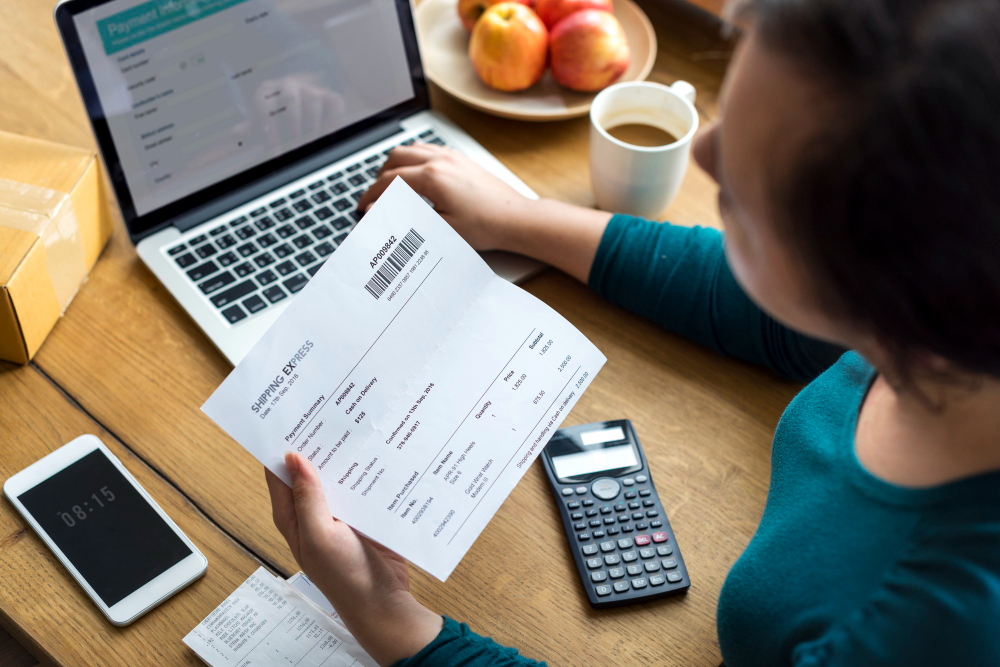
In the world of business transactions, two important documents often cause confusion: the purchase order (PO) and the invoice.
At first glance, they might look similar — both list products, quantities, and prices. But they serve completely different purposes and are issued by different parties at different stages of a transaction.
So, what exactly is the difference between a purchase order vs invoice, and why should Malaysian businesses care?
Let’s break it down in simple terms.
What Is a Purchase Order (PO)?
A Purchase Order (PO) is a document created by the buyer and sent to the seller to confirm an intent to purchase goods or services.
It outlines what the buyer wants to buy, the agreed price, delivery date, and payment terms.
Think of it as a formal request to the seller before any payment happens.
Example:
A restaurant wants to buy 50 boxes of packaging materials.
They issue a purchase order to the supplier listing:
- Product name and description
- Quantity required
- Agreed price per unit
- Delivery address and date
- Payment terms (e.g., 30 days after invoice)
Once the supplier accepts the PO, it becomes a legally binding contract.
Key Purposes of a Purchase Order:
- Acts as official authorization for a purchase
- Helps the buyer control spending
- Ensures clear communication between buyer and supplier
- Serves as a reference document for order tracking
- Useful for inventory and budget management
What Is an Invoice?
An invoice is a payment request issued by the seller to the buyer after goods or services are delivered.
It lists what has been sold, the total cost, and when payment is due.
Example:
After delivering the 50 boxes of packaging materials, the supplier sends an invoice to the restaurant stating:
- Description of goods delivered
- Quantity and total cost
- Payment due date
- Bank details or payment instructions
This invoice reminds the buyer to make payment based on the agreed terms.
Key Purposes of an Invoice:
- Serves as a request for payment
- Acts as proof of sale for the seller
- Useful for accounting and tax filing
- Helps track revenue and receivables
- Ensures legal documentation of completed sales
Purchase Order vs Invoice: A Quick Comparison
| Feature | Purchase Order (PO) | Invoice |
| Created By | Buyer | Seller |
| Purpose | Request to purchase goods/services | Request for payment after sale |
| Issued When | Before goods/services are delivered | After goods/services are delivered |
| Legally Binds | Buyer to make purchase | Buyer to make payment |
| Includes | Product details, quantity, price, delivery terms | Product details, total cost, payment terms |
| Used For | Budgeting, approval, procurement tracking | Accounting, revenue tracking, payment collection |
How Purchase Orders and Invoices Work Together
Both documents play essential roles in a smooth business transaction. Here’s a simple step-by-step flow:
- Buyer creates and sends a Purchase Order (PO) to the seller.
- Seller reviews and accepts the PO.
- Seller delivers goods/services as requested.
- Seller issues an Invoice to the buyer for payment.
- Buyer matches the Invoice with the PO to confirm details before processing payment.
This process ensures accuracy, transparency, and financial control — especially for businesses handling multiple orders and suppliers.
Why Understanding PO vs Invoice Is Important for Malaysian Businesses
Managing purchase orders and invoices correctly helps prevent financial errors and disputes. Here’s why it’s essential:
- Avoids duplicate or unauthorized purchases
- Simplifies accounting and tax reporting
- Improves supplier and customer relationships
- Supports audit trails and legal compliance
- Enhances financial accuracy and cash flow visibility
For SMEs and corporations alike, maintaining clear purchase and invoice documentation can make a big difference in managing operations efficiently.
Conclusion:
While they might look similar, a purchase order and an invoice serve different but equally important roles in a business transaction.
- The PO starts the purchase process.
- The Invoice completes it.
By understanding and managing both documents properly, your business can maintain transparency, ensure accurate payments, and streamline accounting processes.
With Million’s Accounting with Invoicing System, you can manage your entire purchasing and invoicing cycle easily — all in one powerful software solution.
Ready to Simplify Your Business Operations?
Streamline your purchase orders, invoices, and accounting with Million — Malaysia’s trusted business software provider.
Visit www.million.my today to request a free demo and discover how automation can save your business time and money.







